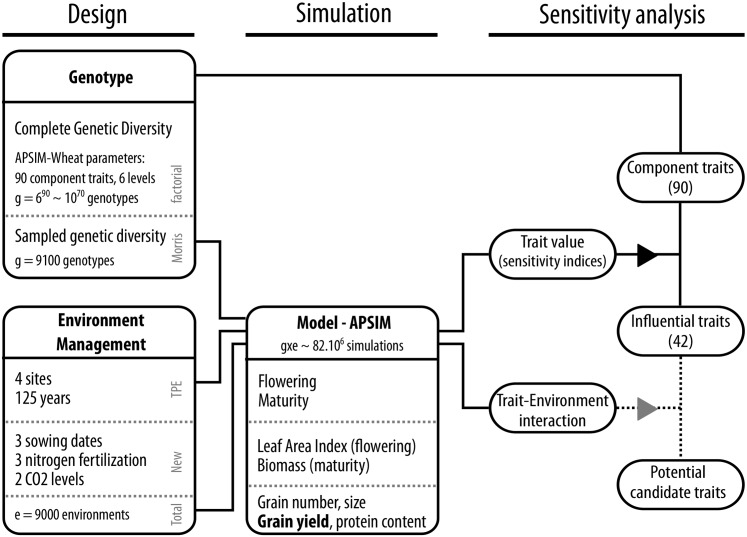Fig 1. Framework of crop model simulation and the sensitivity approach used to assess the potential impact of plant traits.
A global sensitivity analysis was applied on the APSIM-Wheat crop model to identify potential candidate traits for yield improvement in a large population of environments. This workflow presents how the “genetic diversity” was considered, sampled and screened in silico. In summary, 90 independent APSIM-Wheat parameters considered as “component traits”, associated with the main physiological processes that are modeled, were selected to reflect a potential genetic variability. Each of the 90 component traits was assumed to vary in a ± 20% range around the value for the reference cultivar Hartog and the Morris method [37, 38] was used to sample the total parameter space (90 traits, 6 levels, 100 reps; i.e. 9100 “genotypes”). Simulations for those genotypes were performed with APSIM-Wheat (Version 7.5). The impact of the 90 component traits were considered for 8 output variables (“integrated traits”, which result from the complexity of the dynamic modeling of development and growth). The impact on crop yield allowed to screen component traits for influential traits (n = 42) in the target population of environments while a study on trait × environment interactions was used to explore their variability across environments.

